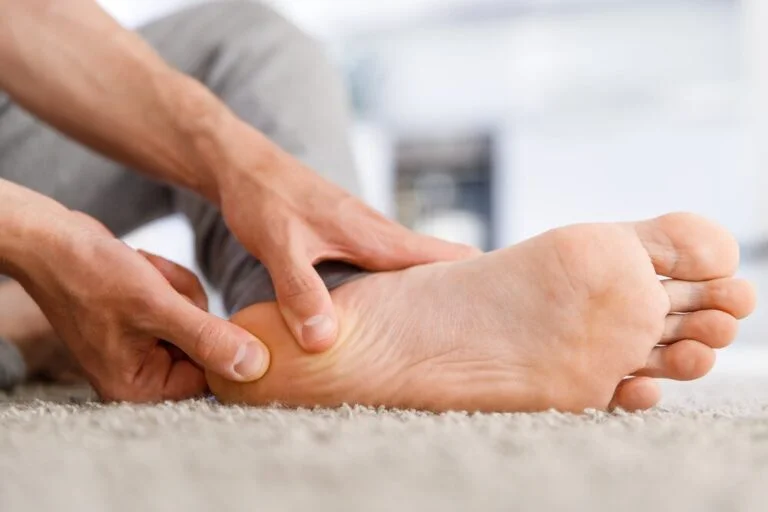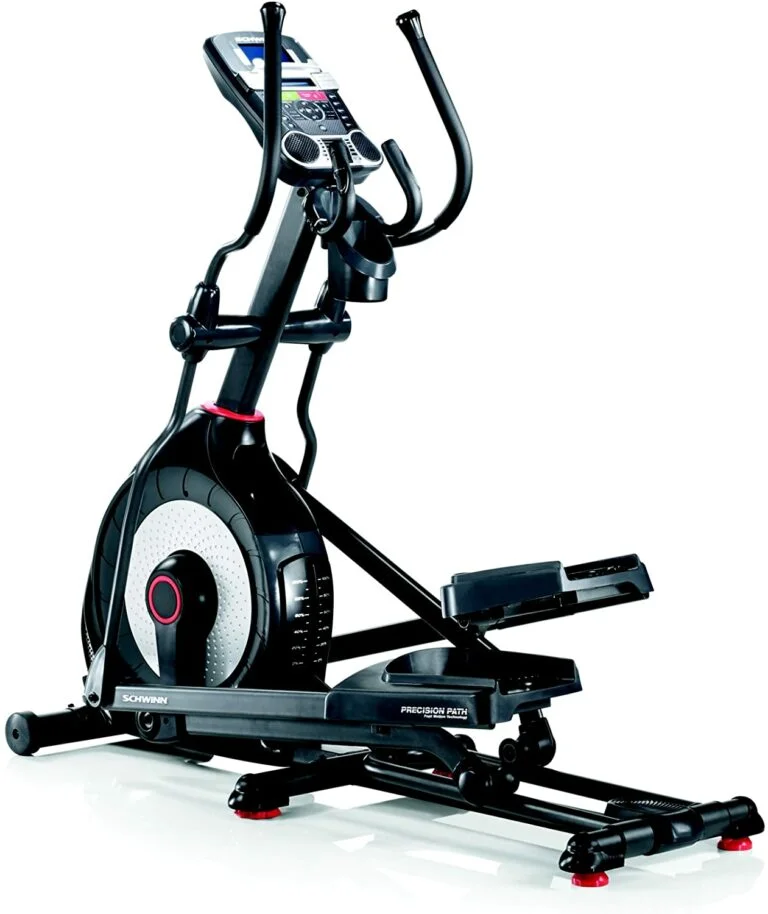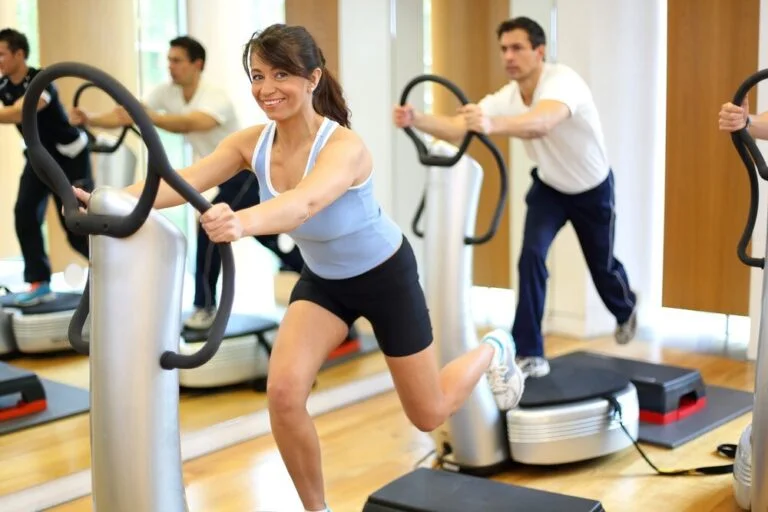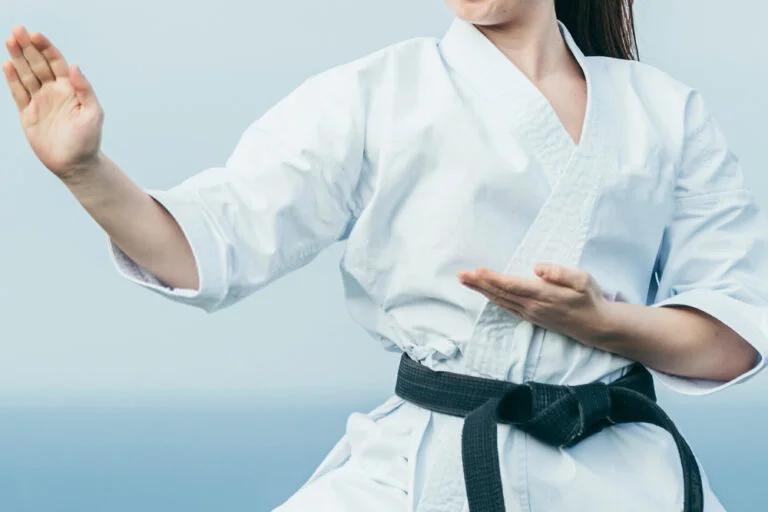How To Avoid Shin Splints While Jumping Rope?
A lot of people say that jump rope is the most effective training tool for cardiovascular health.
The problem is that it can cause shin splints and sometimes even serious injury. Therefore, you need to take precautions so that you can avoid shin splints while jumping rope.
But how? That's what we are going to talk about in this article!
Note: This article is aimed at education and injury prevention, not providing medical advice. If you are injured, consult a physician before doing any physical activity or if you experience severe injury.
But what are shin splints, And why is it not good to get them?
Well, shin splints (tibia stress syndrome) are painful injuries usually located on the front part of your shins.

It happens when there is repeated stress on your tibia (shinbone).
Although the pain might seem insignificant at first, it can lead to severe issues like tibial stress fractures, which may put you in bed for months to recover.
Shin splints can range from mild, annoying complaints to severe injuries that require medical attention and may require surgery due to damage done at the joint where your shin connects with your knee.
Now that you know what shin splints are, let's discuss how to avoid getting them.
How to prevent injury from jumping rope?
There are many effective ways to prevent injury while jumping rope (or doing other activities that can create a lot of stress on your shins).
Listen To Your Body And Recognize The Signs
The first step in preventing shin splint pain is to listen to your body.
Sometimes it is hard to listen because you might be too focused on getting faster or better jumping rope.
But you have to understand that this isn’t a race; it is about doing things at the right pace for your body and skillset.
Also, it is important to realize that if you try too hard, you might get injured.
The second step is to recognize the signs that can help you in preventing injury while jumping rope.
When you start to feel pain, discomfort, a dull ache, or sharp pain coming from your shins, it’s time to stop immediately.
Always listen to your body, but if you don’t feel like it’s about to cause an issue, stop and take a break.
There are two kinds of pain:
- Normal pain – Tiredness so you can’t move, or muscle soreness can cause pain when jumping.
- Bad pain – It is the one that happens due to muscle tension, tendons, and damaged ligaments. There’s visible soreness and chronic fatigue.
Pain after exercise is normal and should go away within a few days or hours, depending on how hard you work out.
But sharp pain that occurs during or before your workout is not typical and should never be ignored because it means something is wrong with your body that needs to be fixed if possible.
And in this case, it's usually shin splints.
Get The Right Shoes
Most people don’t consider their shoes when jumping rope, but they are a huge part of preventing shin splints.
If you have the wrong shoes or shoes that don't fit you properly, it can cause shin splints.
Get good shoes that offer proper support when jumping. Regular ol’ sneakers are not good for high-impact physical activity like jumping rope.
You might not be able to feel it, but with the right shoes, your shins won't have to deal with the pounding that will cause an issue later on. It is essential.
Don’t skip your warmups.
Warming up is key! When we mention warming up, we don’t mean with our muscles but with our heart and blood vessels.
The more your heart rate gets up before your actual workout, the more you increase your risk of injury.
It will prepare your joints and muscles for the activity you will be doing later.
You can do jumping jacks or jump rope for a few minutes before jumping. If you warm up properly, it will prevent many injuries, and it will get your blood flowing and body temperature.
Jumping rope is a great full-body workout, so you need to do proper warmups before starting.
It’s always important to follow a jump rope warmup routine before any workout, but we’re talking about severe physical activities like jumping rope.
So it's not fair to skip warming up for the sake of making yourself tired and rushing into your workout.
Stretch! Stretch! Stretch!
When you stretch, it increases the flexibility of your muscles which then prevents injury when doing high-intensity activities like jumping rope.
There are many different ways to stretch, but the most effective ones are known as dynamic stretches.
These stretches increase your strength and flexibility in specific areas of your body so that you can move correctly without getting injured.
Do some push-ups and knee-to-chest stretching exercises before jumping rope to protect yourself against shin injuries.
Choose The Right Surface To Jump On/ The Surface is Too Hard
You should always look for a suitable surface to jump on. If you are on hard surfaces, it may cause injury to your shins.
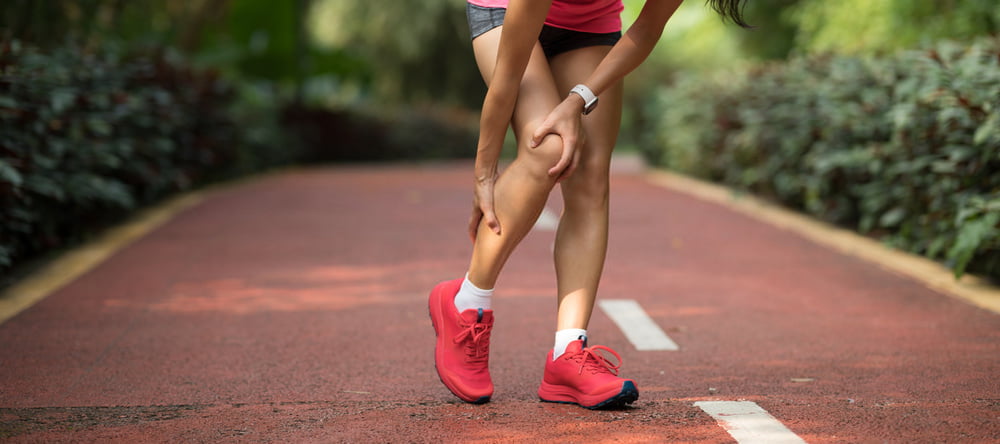
The best surfaces to do jump rope workouts are hardwood floors and cement. But even those can be dangerous if you're jumping too fast and using improper form.
When jumping on a hard surface with shoes, your muscles soreness will cause an issue for your tibia bones and connective tissue, as well as muscle imbalances or overuse injuries that can lead to severe injuries like shin splints.
Stick to jumping rope on soft surfaces like grass, rubber, or wood.
But if you can’t avoid jumping on cement or hardwood floors, wear proper shoes to soften the impact.
You can even buy a jump rope mat that has an impact-absorbing surface.
Jumping volume
How much jump rope workout you do is also essential to prevent injury. To achieve optimal shin splints prevention, you should do a moderate amount of jumping.
You should always start slow and gradually increase the volume as your body gets used to it.
Increasing the volume too fast can cause an issue for your shins, which would then lead to problems like shin splints.
Do at least three sets of thirty mins of jumping or two sets of 60 mins throughout the day.
To do that, remember that increasing by 10% every week is safe and usually optimal for most people who are beginners in the jumping rope so that they can achieve their fitness goals without getting injured.
Walking helps
The workout for the shins is similar to the exercise for the lower body, and walking helps it recover, which can prevent new injuries.
If you don't have time to do a full-length long walk, just walking around the block is enough.
Walking will reduce joint pain and weakness, minimize inflammation, and give the muscles the time needed to recover.
Final thoughts
The tips above, if followed correctly, can diminish the chances of injury whether you're a beginner or have been jumping for a while and want to prevent shin splints.
The most important thing to remember is that you need to take it slow. Don’t try to do too much because that will put a lot of stress on your body, and it might get injured if it’s not ready for it.
The more time you allow your body for recovery and adaptation to the exercise, the less likely it will be that you’ll be injured.
Have you tried any of these tips to prevent shin splints? How has it worked for you? Share your experience in the comments below!
